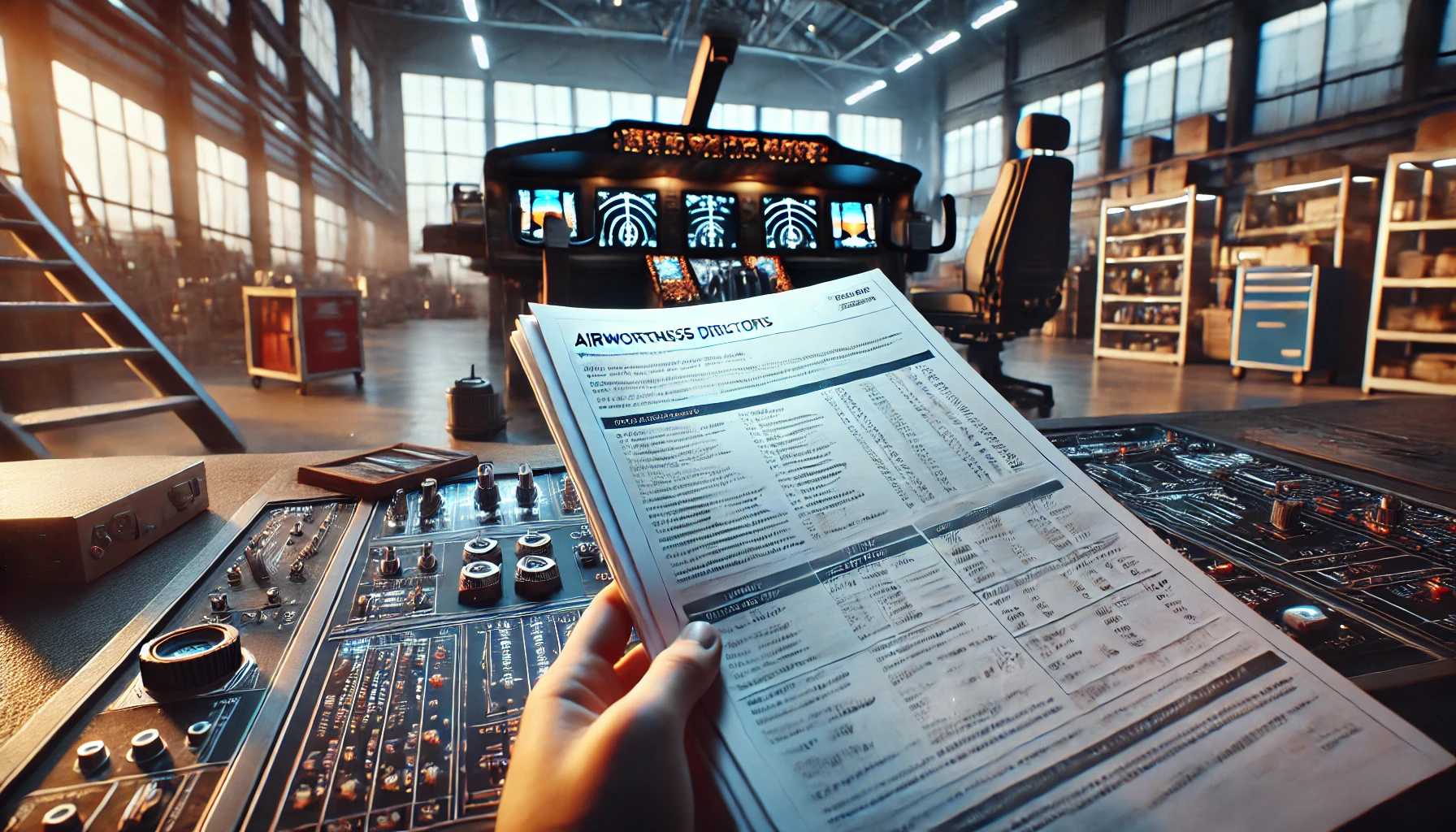When you think about airplane travel, the majestic takeoff and smooth landings might spring to mind. But lurking beneath the surface is a complex web of factors that ensure every flight runs like clockwork—and weather conditions play an unsung hero’s role in this intricate dance.
Picture this: dense fog cloaking an airport runway, or sudden thunderstorms brewing on the horizon—each shift in weather not only affects visibility but also poses unique challenges for aircraft maintenance teams striving to keep planes safe and reliable. In our latest blog post, we’ll dive into how these atmospheric elements influence inspections, repairs, and overall maintenance protocols.
Buckle up as we explore why understanding Mother Nature isn’t just optional; it’s essential for aviation safety!
Introduction to Fog and its Impact on Aviation
Fog can transform an ordinary day into a challenging one, especially in the world of aviation. When visibility drops, pilots and ground crews face significant obstacles that can compromise safety and flight schedules. The presence of fog is not just an inconvenience; it plays a critical role in aircraft maintenance and operational planning.
As weather conditions shift, understanding types of fog becomes essential for maintaining aircraft integrity. Whether it’s advection fog rolling in from the sea or radiation fog forming during calm nights, each type presents unique challenges that demand attention to detail.
This blog post will explore how fog impacts aviation at every level—from the cockpit to the hangar—highlighting why staying informed about these atmospheric conditions is crucial for ensuring safe skies and well-maintained aircraft. Let’s delve deeper into this complex relationship between weather and aviation!
Types of Fog and How They Affect Aircraft Maintenance
Fog comes in various forms, each presenting unique challenges for aircraft maintenance. Understanding these types is crucial for ensuring flight safety.
- Radiation fog occurs on clear nights when the ground cools rapidly. It can blanket airport runways unexpectedly, leaving little time for pre-flight inspections.
- Advection fog forms when warm, moist air moves over cooler surfaces. This type can linger longer and often disrupt scheduled maintenance checks due to reduced visibility.
- Upslope fog develops when moist air rises along a slope or mountain range. Airports located near such terrains face additional risks during rainy seasons as this fog thickens quickly.
- Each of these conditions requires specific strategies to maintain aircraft integrity. Regular assessments become vital in environments where different types of fog frequently occur, reinforcing the need for thorough protocols tailored to weather variations.

Pilots play a crucial role in ensuring safety during foggy conditions. Their training equips them to handle low visibility challenges effectively.
Navigating through dense fog demands acute awareness and quick decision-making. Relying on instruments becomes essential, as visual references fade away.
Communication with air traffic control is vital. Pilots receive real-time updates about weather changes and other aircraft in the vicinity. This information aids in making informed choices.
Moreover, experience matters significantly. Seasoned pilots draw from their past encounters with various types of fog—radiation, advection, or upslope—to adapt their strategies accordingly.
Preparation before flight must include thorough briefings on current weather conditions. Understanding how fog affects specific routes helps mitigate risks substantially.
In adverse scenarios, pilots are trained to prioritize safety over schedules, often opting for delays rather than taking unnecessary chances in perilous environments like thick fog banks.
Importance of Regular Maintenance Checks for Aircrafts in Foggy Environments
Regular maintenance checks are critical for aircraft operating in foggy environments. Fog can obscure visibility and create challenging flying conditions, which means that any mechanical issues must be addressed promptly.
When visibility is low, pilots rely on their instruments more than ever. This reliance makes it essential that all systems function perfectly. Regular inspections ensure every gauge, sensor, and navigation system operates optimally.
Fog often brings moisture into the equation as well. Water can contribute to corrosion and other wear-and-tear issues if left unchecked. Routine maintenance helps identify these vulnerabilities before they become problematic.
Furthermore, the added stress of navigating through poor weather increases the likelihood of pilot error or oversight during flight operations. Therefore, ensuring that an aircraft is in peak condition provides peace of mind for both pilots and passengers alike in such unpredictable conditions.
How Weather Conditions Can Impact Flight Schedules and Safety Measures
Weather conditions play a critical role in determining flight schedules. Fog, rain, or thunderstorms can lead to delays and cancellations. When visibility drops due to fog, air traffic controllers have limited options for managing air traffic safely.
Safety measures are paramount during adverse weather. Airlines must assess conditions continuously. Pilots rely on real-time data and forecasts to make informed decisions about takeoff and landing.
Foggy weather complicates maintenance checks as well. Low visibility makes it challenging for ground crews to perform inspections thoroughly. This raises concerns about aircraft readiness when the skies clear up.
Proper planning is essential for both airlines and passengers alike. Understanding how these variables interact helps mitigate risks associated with flying in uncertain conditions. As such, proactive strategies become integral to enhancing safety protocols and maintaining operational efficiency in aviation.
Case Studies:
Fog can be a silent yet deadly adversary in aviation. A notable incident occurred at London’s Heathrow Airport, where thick fog led to multiple aircraft collisions on the tarmac. Poor visibility played a crucial role, but inadequate maintenance of ground equipment contributed significantly.
Another case highlights an airline that overlooked routine checks during foggy conditions. This negligence resulted in a malfunctioning altimeter, leading to incorrect altitude readings and ultimately causing a near-miss scenario as two planes approached the same runway.
In both instances, weather conditions combined with lapses in maintenance protocols created hazardous situations. These events serve as stark reminders of how intertwined weather and aircraft upkeep are when it comes to safety in aviation.
Even minor oversights can have catastrophic consequences when coupled with challenging atmospheric conditions like fog. Vigilance is essential for all stakeholders involved, from pilots to ground crews.

Tips for Mitigating the Risks of Fog in Aircraft Maintenance
Proper training is essential for all personnel involved in aircraft maintenance. Understanding how fog affects visibility and equipment performance can make a significant difference.
Utilizing advanced weather monitoring tools helps to predict fog formation. Real-time updates allow teams to prepare adequately, ensuring safety protocols are in place.
Establishing strict maintenance schedules is crucial. Regular checks can identify potential issues exacerbated by adverse conditions, reducing the risk of incidents later on.
Encouraging open communication among staff fosters a culture of safety. Team members should feel empowered to voice concerns and report any irregularities they observe during low-visibility situations.
Lastly, employing hangar space effectively shields aircraft from moisture and reduces exposure to fog-related risks. Keeping planes indoors not only preserves their condition but also enhances readiness when conditions improve.
Conclusion:
Weather awareness is paramount in the aviation sector, particularly concerning aircraft maintenance. Fog can pose various challenges that affect not just visibility but also the overall safety of flight operations. Understanding the types of fog and their unique impacts enables better preparation and response strategies.
Regular maintenance checks become even more critical when operating in fog-prone areas. These inspections ensure that all systems function optimally despite adverse weather conditions. Pilots play a vital role as well; their training equips them to navigate through fog safely while relying on up-to-date information regarding weather patterns.
The lessons learned from case studies highlight how lack of attention to maintenance during inclement weather can lead to severe incidents. Hence, fostering a culture of vigilance around weather changes, especially fog formation, is essential for every team involved in aircraft operation.
Adopting preventative measures and embracing technology aids significantly in mitigating risks associated with flying in low-visibility conditions like fog. By prioritizing an understanding of these environmental factors, stakeholders can enhance both operational efficiency and passenger safety within the aviation industry. Awareness leads to preparedness which ultimately supports sustained aviation excellence.




